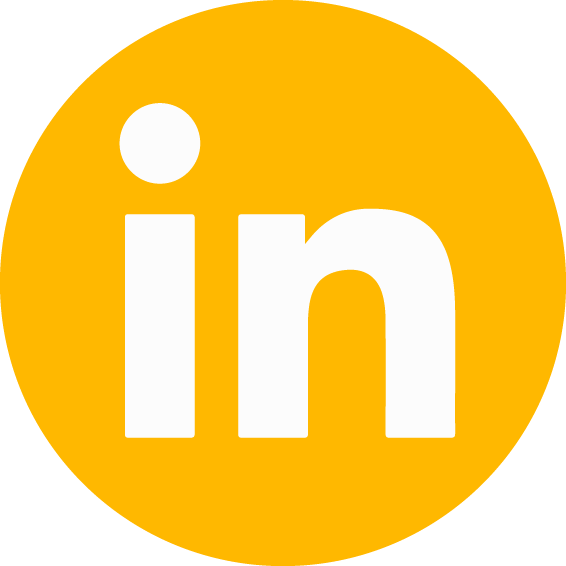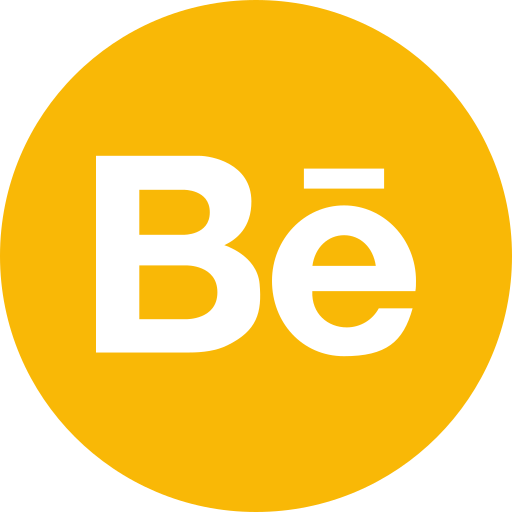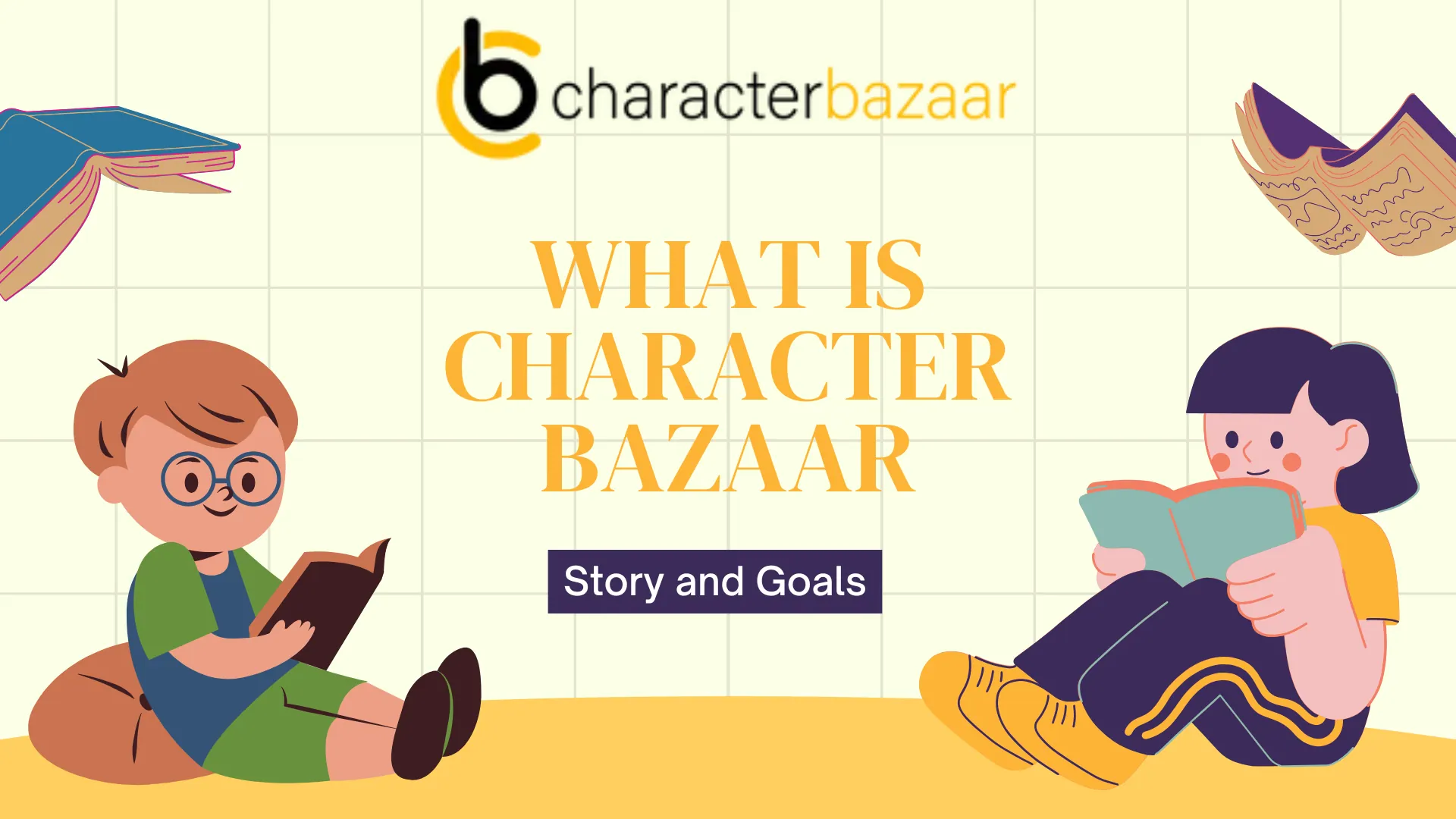
What is 2d Animation? A Complete Beginner Guide
If you want to start an animation career, 2D animation is a great way to begin. It's one of the easiest and most popular animation types, which makes it easy for newcomers to get into.
People use 2D animation to make engaging characters, cartoons, books, graphics, and tons of other stuff. You can learn the basics easily and start your own animation.
In this comprehensive guide, we'll check out what 2D animation is, how people use it, job options, how to begin, the good and bad parts, and what's coming next in the future for this cool art type.
If you want to be a 2D animator or just want to learn about it, read on to discover everything you need to know about 2D animation.
People use 2D animation to make engaging characters, cartoons, books, graphics, and tons of other stuff. You can learn the basics easily and start your own animation.
In this comprehensive guide, we'll check out what 2D animation is, how people use it, job options, how to begin, the good and bad parts, and what's coming next in the future for this cool art type.
If you want to be a 2D animator or just want to learn about it, read on to discover everything you need to know about 2D animation.
1. What is 2D Animation?
Picture drawing a stick person on every notebook page with slight changes. Now flip through the pages and look at how the stick person appears to move! That's the cool trick behind 2D animation!
It's pretty straightforward, just like its name says. It's all about making characters, creatures, special effects, backgrounds, objects and more on a flat surface. The characters and scenes have height and width. (No depth, just like a drawing or painting)
Animators make a bunch of drawings, each one different from the last. When these drawings are shown one after another rapidly, they bring characters and stories to life.
Think about your favorite cartoons like "Mickey Mouse" or "The Simpsons." These are all types of 2D animation where artists use their skills to make drawings move, talk, and entertain us.
It's pretty straightforward, just like its name says. It's all about making characters, creatures, special effects, backgrounds, objects and more on a flat surface. The characters and scenes have height and width. (No depth, just like a drawing or painting)
Animators make a bunch of drawings, each one different from the last. When these drawings are shown one after another rapidly, they bring characters and stories to life.
Think about your favorite cartoons like "Mickey Mouse" or "The Simpsons." These are all types of 2D animation where artists use their skills to make drawings move, talk, and entertain us.
2. Where is 2d Animation Used?
2D animation is flexible, simple to create, budget-friendly and common. It's used in many areas to entertain, teach, and grab people's attention. Here are some of the main uses:
Entertainment
Entertainment
- Cartoons and TV shows (like "Mickey Mouse" and "The Simpsons")
- Animated films (such as "The Lion King" and "Aladdin")
- Web series and online cartoons
- Animated TV ads
- Videos to explain products
- Stuff for social media
- Books for school
- Cartoons and videos to teach kids
- Online classes and how-to guides
- Apps to help you learn
- Moving characters
- Game worlds and scenery
- Story parts between gameplay
- Moving parts in apps
- Moving pictures on websites
- Animations in how you use things
- Music videos with animation
- Videos with moving words and pictures to go with songs
- Videos and lessons to train employees
- Presentations and infographics that move

3. What is the History of 2d Animation?
2D animation started in the 1800s thanks to the animators like Émile Reynaud and Émile Cohl . They blew people's minds with simple moving pictures they showed on screens.
Later in the 1920s, Mickey Mouse popped up in Walt Disney's "Steamboat Willie," which had a sound that matched what was happening on screen. This was pretty cool back then.
The 1930s and 1940s were awesome for animation. We got full-length movies like "Snow White" and fun series like "Looney Tunes" and "Tom and Jerry" that everyone loved.
From the 1950s to the 1980s, TV was king. Hanna-Barbera made hits like "The Flintstones" that everyone watched. Then, in the 1990s, computers changed everything. Tools like Adobe Flash made it easier for more people to create animations.
2D animation is still going strong in today's digital world. It's easier to watch now thanks to streaming services, and new ways of doing things mix old-school charm with fresh ideas.
Later in the 1920s, Mickey Mouse popped up in Walt Disney's "Steamboat Willie," which had a sound that matched what was happening on screen. This was pretty cool back then.
The 1930s and 1940s were awesome for animation. We got full-length movies like "Snow White" and fun series like "Looney Tunes" and "Tom and Jerry" that everyone loved.
From the 1950s to the 1980s, TV was king. Hanna-Barbera made hits like "The Flintstones" that everyone watched. Then, in the 1990s, computers changed everything. Tools like Adobe Flash made it easier for more people to create animations.
2D animation is still going strong in today's digital world. It's easier to watch now thanks to streaming services, and new ways of doing things mix old-school charm with fresh ideas.
4. Is it Beginner-Friendly?
ABSOLUTELY YES! 2D animation is the most beginner-friendly animation to kickstart your animation journey.
It's simple to learn, doesn't cost much, and you can make it without too much trouble. With a few weeks of practice, you can get the hang of it. But remember, it still takes time to become good at it.
In just a few weeks, you might be able to make small 2D animations. You might even get a job as a freelancer.
It's simple to learn, doesn't cost much, and you can make it without too much trouble. With a few weeks of practice, you can get the hang of it. But remember, it still takes time to become good at it.
In just a few weeks, you might be able to make small 2D animations. You might even get a job as a freelancer.
5. How to Learn 2D Animation
Learning 2D animation can be a fun ride, whether you like to study on your own or in a class. Here's how you can begin:
a) Self-Practice:
Try out basic animation techniques by yourself to start. Create simple movements and sequences using paper, a tablet, or animation software to practice.
b) Online Courses:
Sign up for online courses that teach 2D animation. You can find courses for beginners and experts on websites like Coursera, Udemy, and Skillshare. These courses often give you step-by-step lessons, projects, and comments to help you get better.
c) YouTube Tutorials:
YouTube has tons of free tutorials you can watch. Lots of pro animators and teachers share what they know. They cover everything from basic stuff to cool animation tricks.
6. How to Create 2D Animation
a) What you need
- Animation Programs (like Adobe Animate or Toon Boom Harmony)
- Tools to Draw (tablet for drawing, pencil, paper)
- Storyboard (to plan out your scenes)
- Making Characters (coming up with and finishing your characters)
- Making Backgrounds (creating the places where stuff happens)
- Animation Basics (getting the timing right, making things stretch and squish, setting up what's coming next)
- Sound and Music (adding cool noises and tunes)

b) Process
- Make a Storyboard: Sketch out your story, scenes, and what happens in each part.
- Build Characters: Come up with characters that have cool expressions, moves, and personalities.
- Set the Scene: Draw backgrounds that fit your story and characters.
- Use Animation Tricks: Add stuff like good timing, squashing and stretching, and build-up to make it look real.
- Draw Frame by Frame: Bring your storyboard and characters to life by drawing each picture one at a time.
- Add Color and Texture: Make it look better by coloring it in and adding some cool details.
- Put in Sounds and Music: Add noises and tunes that match what's happening in your animation.
- Putting it all together: Get your animation software to merge frames, sounds, and cool stuff into one awesome video.
- Saving your work: Pick how you want to save your animation - maybe as a video or a GIF - and then save it that way.
7. Best 2D Animation Software
To make great 2D animations, you need a good friend: your 2D animation program. The internet has tons of choices, but here are some that won't break the bank, work well, and are simple to use:
- Adobe Animate: Top-notch software with lots of cool stuff for newbies and pros alike.
- Toon Boom Harmony: Pro-level software big studios are known for their fancy rigging and animation tools.
- Clip Studio Paint: Great for drawing and animating with an easy-to-use layout and fair prices.
- OpenToonz: Free and open to all, giving strong tools that Studio Ghibli uses.
8. Benefits
2D animation has a bunch of good points that make many creators and companies pick it. Here are some main perks:
- Easy to Change: You can make simple tweaks without starting over, which makes updates quick and simple.
- Easy to Learn and Use: 2D animation is straightforward, so both newbies and pros can use it to express their ideas without a big learning curve.
- Cheaper: 2D animation costs less than 3D animation. You don't need fancy, expensive software to do it.
- Less High-Tech: You don't need super-advanced tech or tools to make it work.
- Good for Feelings: It's great to show emotions and get ideas across.
- Quicker to Make: With fewer tech hurdles, you can often finish 2D animations faster than 3D ones.
- Shows Feelings and Stories: 2D cartoons are great at sharing emotions and personal tales through their basic artsy look.
- Lots of Uses: Perfect for cartoon TV shows, ad videos that explain stuff, and phone games where characters and stories matter most.
- Easy to Change: You can tweak 2D animations for print and websites, giving a similar brand feel across different places.
- Easy to Share: Simple and fun, 2D cartoons are just right for posting on social media and other sites helping, to reach more people and get them interested.
- Good bang for your buck: Even though 2D animations don't cost much, they often give you more than what you put in because you can use them in lots of ways and they grab people's attention.
- Easy for newbies: If you're just starting, 2D animation is a great way to begin your animation adventure. It's cheap and not too hard to learn the basics.

9. Drawbacks
While 2D animation has many benefits, it's important to be aware of its drawbacks as well. Here are some of the main challenges:
- Takes a Lot of Work: Making 2D animation needs tons of manual effort. You gotta draw every single frame by hand.
- Hard to Master: Getting good at 2D animation takes ages. You need to put in a lot of time to learn the tricks and get comfortable with the software.
- Not as Deep or Real: 2D stuff looks less real or has the same depth as 3D animation. This can make it harder to get lost in the story.
- Limited Movement: The characters in 2D can't move as well as 3D ones. They're kinda stuck in their flat world.
- Costs a Bunch and Takes Forever: If you're doing old-school hand-drawn animation, be ready to shell out some serious cash and spend a ton of time on it.
- Not Flashy Enough: In today's world of fancy graphics, 2D cartoons might not wow people as much as cooler-looking 3D stuff.
- Seems Kinda Boring: Some folks might think 3D or other cartoon types are more fun to watch and lively.
- Body Aches: People who draw cartoons can get sore from always drawing and using computers for 2D animation.
- Can't Do Everything: While you can use it for a lot, 2D animation might not work for all projects, especially ones that need to look super real or have tiny details.
10. Career in 2D Animation
A job in 2D animation can be super fun and has a good outlook for people who love to make drawings move. If you work hard and keep practicing, you can turn your artsy talents into a cool job.
a) How to Start Your Career in 2D Animation:
- Do It Often: Get better by making short cartoons and trying out different looks.
- Show Your Stuff: Put your best work out there to catch the eye of clients and bosses.
- Know Your Tools: Get good at using popular programs like Adobe Animate and Toon Boom Harmony.
- Work for Small Companies: Gain experience and make a name for yourself by taking on little freelance jobs.
- Meet People: Talk to other animators and join online groups to find job chances.
b) Career Opportunities for 2D Animators:
- Character Animator: You can bring characters to life for TV programs, films, and video games.
- Storyboard Artist: You can map out and picture the order of animations in a video, film or cartoon.
- Illustrator: You can also draw characters, settings, and other parts.
- Animation Director: You can lead the animation work and guide the team.
- Motion Graphics Designer: You can make moving graphics for ads and online stuff.
- Freelance Animator: You can also do your own thing on different jobs.
- Educational Content Creator: You can make animations to teach and explain things.
- Game developer: You can create characters or backgrounds for 2D games.
- Graphics designer: You can also go for graphic designing if you're not into characters or elements.
11. Future of 2D Animation
2D animation has a great future ahead. It keeps grabbing people's attention with its old-school charm and good stories.
New digital tools and ways to share stuff online are helping 2D animation do cooler things and reach more folks all over the world.
This means 2D animation will stay popular and important as digital entertainment keeps changing.
12. Examples
Here are some examples of 2D animated cartoons and characters.
- Mickey Mouse
- The Simpsons
- SpongeBob SquarePants
- Looney Tunes
- Tom and Jerry
- Adventure Time
- My Little Pony: Friendship is Magic
- Peppa Pig
- South Park

13. AI with 2D Animation
AI has caused a revolution in 2D animation, creating new opportunities for animators. AI tools now handle boring manual work, giving animators more time to focus on telling stories and making creative choices. This change lets them put their energy into the fun parts of animation instead of getting bogged down with repetitive tasks.
- AI is changing 2D animation. It speeds things up and makes it easier for more people to do.
- AI helps with boring stuff like drawing frames between key poses and adding color. This gives artists more time to tell cool stories.
- Artists now have AI tools to help them be more creative and make deeper stories.
- As AI and 2D animation work together, the future looks bright. We'll see more exciting and new things in this field.
FAQs of 2D Animation
1. How are 2D and 3D animation different?
Ans: 2D animation uses flat drawings or digital art to create movement. 3D animation adds an extra layer by making characters and backgrounds in a digital 3D space, making things look more real.
2. What do you need for 2D animation?
Ans: To make 2D animations, you need some animation software (like Adobe Animate or Toon Boom), tools to draw with (such as a graphics tablet or just pen and paper), and a solid grasp of animation basics like timing, spacing, and how things move.
3. Which is quicker, 2D or 3D animation?
Ans: In most cases, 2D animation takes less time to produce than 3D animation because it has fewer complicated steps and takes less time to render. However, how fast it goes can change based on how tricky the project is and how good the animator is at their job.
Ans: 2D animation uses flat drawings or digital art to create movement. 3D animation adds an extra layer by making characters and backgrounds in a digital 3D space, making things look more real.
2. What do you need for 2D animation?
Ans: To make 2D animations, you need some animation software (like Adobe Animate or Toon Boom), tools to draw with (such as a graphics tablet or just pen and paper), and a solid grasp of animation basics like timing, spacing, and how things move.
3. Which is quicker, 2D or 3D animation?
Ans: In most cases, 2D animation takes less time to produce than 3D animation because it has fewer complicated steps and takes less time to render. However, how fast it goes can change based on how tricky the project is and how good the animator is at their job.
Wrap Up
2D animation uses flat drawings and artwork to tell stories and express ideas. In fact, People still love it because it's easy to understand and make. It's great because it's simple, doesn't cost much, and can resonate with people with its cute-looking characters and deep stories. Plus, As AI gets mixed in with 2D animation, it helps make things faster and lets artists try new stuff. This keeps 2D animation fresh and cool in our digital world.
Let's Discuss !!














